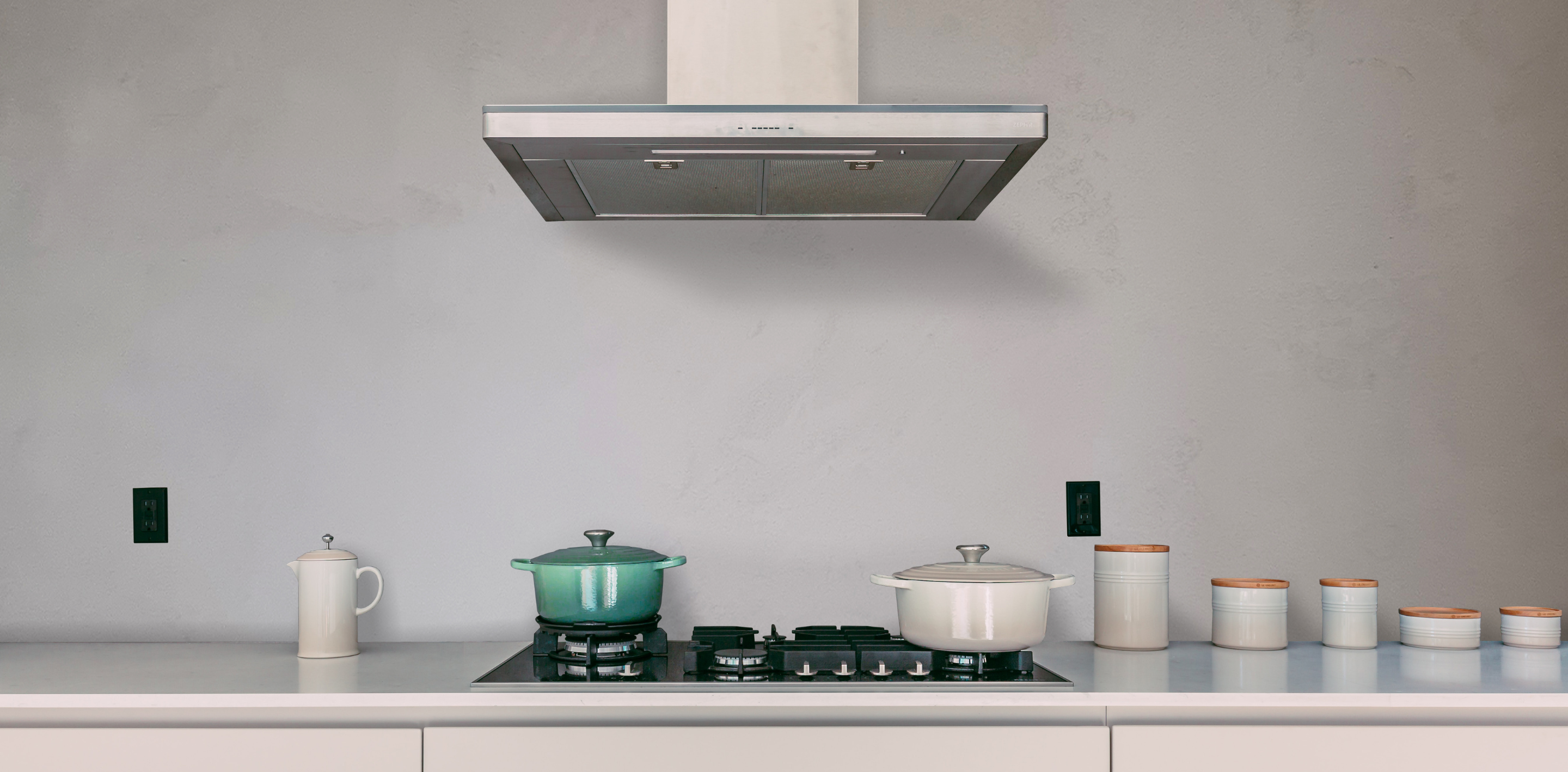How to Maintaining Microcement Surfaces? - Practical Tips to Keep the Finish looking new.

Share
- Eco-friendly
- Home Decor
- Home Renovation
- Interior Design
- Interior styles
- Maintenance
- Microcement
- Microcemento
- Property Developement
Microcement is a popular seamless surface solution, best suited for projects where a cohesive look is required across multiple surfaces. It’s a durable and versatile option, that can be used across different areas in the home, and commercial applications.
The maintenance of Microcement surfaces is a relatively simple task, including both short-term and long-term tips to keep the surface damage-free and water-resistant.
What are our best tips for maintaining microcement? Here are some guidelines and practices on how to keep it looking new!
1.Regular Cleaning
Daily Cleaning:
Regularly cleaning the surface with mild detergents can go a long way in maintaining the surface, without using harsh chemicals.
Spill Management:
When it comes to spills, especially with substances like oil, wine coffee or any acidic liquids, it’s important to clean it up immediately, to prevent any stains.
Dust and Debris:
It’s best to sweep and vacuum regularly, to avoid any grit scratching the surface.
2.Deep Cleaning
Periodic Deep Cleaning:
Perform a deeper clean periodically using a mild, non-abrasive cleaner diluted in water.
For stubborn stains, use a soft brush or non-abrasive pad.
Avoid Harsh Cleaners:
It’s easy to damage the protective coat of Microcement with harsh cleaners such as bleach, ammonia or cleaning products containing these chemicals.
3.Protective Measures
To ensure the least amount of damage to the surface, it’s best to think ahead and implement protective solutions, to avoid scratching the surface.
Furniture Pads:
Furniture pads are a great idea to place under the leg of each heavier piece, preventing any scratches and dents on the surface. When moving furniture, it’s also best to avoid dragging it across the Microcement surface.
Sealer Maintenance:
Periodically resealing the surface is highly recommended, to ensure it remains fully resistant to water and moisture. How often it should be resealed depends on the microcement, so we always recommend going with the advice of the supplier. For our Continuo range, we’d recommend resealing every 5-10 years, depending on where the product is applied.
Mat or Rug Placement:
Opting for mat and rug placements in high-traffic areas could be very practical, to prevent any scrathes on the surface and reduce the effects of the daily wear-and-tear.
4.Handling Repairs
As damages sometimes can occur, it’s good to keep in mind the repair works. They should always be undertaken by a professional, but if you need advice on how to repair our Microcement, we would be happy to guide your applicator through the process.
Minor Repairs:
When it comes to minor damages, such as small scratches, they can easily be fixed with a quick sanding and resealing.
Professional Repairs:
For more significant damages, we could offer a technician coming to the site, to asses the damage and the repair work that needs to be done.
If you’d like to learn the professional application of Microcement, click on the link for the beginner and advanced courses.
5.Environmental Factors
Humidity Control:
Ensuring ventilation and controlled temperature in spaces where Microcement was used could be very useful to ensure the longevity of the surface, as it will prevent the expansion and contraction of the material.
UV Protection:
Protect the microcement surface from prolonged exposure to direct sunlight to prevent discoloration.
Use UV-resistant sealers if the surface is exposed to sunlight.
Conclusion
To ensure the longevity of Microcement, there various measures you can take to maintain the surface. From regular cleaning with mild detergents, to immediate spill management and timely repairs, the Microcement application can last for many years, maintaining its original appearance.
For any advice and guidance regarding the maintenance and repairs of our Continuo and Allover Microcements, don’t hesitate to reach out to us at sales@imperaitalia.com.